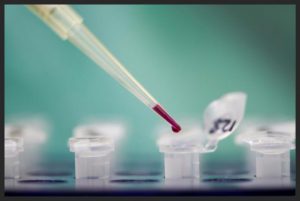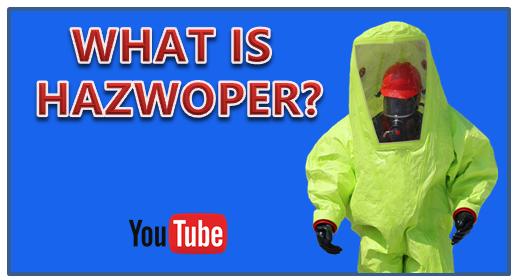| On the Safe Side | Preventing Bloodborne Pathogens Exposure |
What are bloodborne pathogens?
Bloodborne pathogens are infectious microorganisms in human blood that can causes serious illnesses and diseases, such as HIV, hepatitis B, hepatitis C, and malaria. Bloodborne pathogens can get transferred though blood or other body fluids from an infected person to someone else.
Who’s at risk?
It’s estimated that 5.6 million workers are at risk of bloodborne pathogen exposure in the workplace. Workers in health care, emergency response, and laboratory environments have an increased risk of being exposed to bloodborne pathogens during the course of their daily responsibilities. Pathogens can enter the body through openings such as cuts, burns, or rashes, as well as the eyes, mouth, or nose. Needlesticks and other sharps items also may expose workers to bloodborne diseases.

For those workers who are “reasonably anticipated” to come into contact with blood or potentially infectious materials, OSHA’s Bloodborne Pathogen Standard (29 CFR 1910.1030) requires employers to:
- Establish an exposure control plan and update it annually.
- Use universal precautions. Treat all human blood as though it were infected.
- Identify and use engineering and work practice controls.
- Provide and maintain personal protective equipment at no cost to the worker.
- Offer hepatitis B vaccinations to workers assigned to a job with occupational exposure.
- Offer post-exposure evaluation and follow-up to workers who have an exposure incident on the job.
- Communicate hazards with signs and labels.
- Provide training and information.
- Keep medical and training records.
How do I protect myself against exposure?
- Treat all blood and body fluids as if they were infected.
- Inspect and maintain personal protective equipment (PPE) to ensure it’s not damaged.
- Wear PPE at all times when exposure is possible.
- Ensure contaminated areas and equipment are disinfected and cleaned properly.
- If you are exposed to blood or body fluids, thoroughly wash the area immediately. Inform your supervisor and also write down all of the known details of the incident. Seek medical attention as described in your employer’s exposure control plan.
- Potentially contaminated items, such as needles and scalpels, need to be stored and disposed of in the proper containers.
Following precautions can help prevent the spread of bloodborne pathogens. For laboratory bloodborne pathogens training online, see our 100% Online Course. For additional information on this topic, see OSHA’s Bloodborne Pathogens and Needstick Prevention page.



